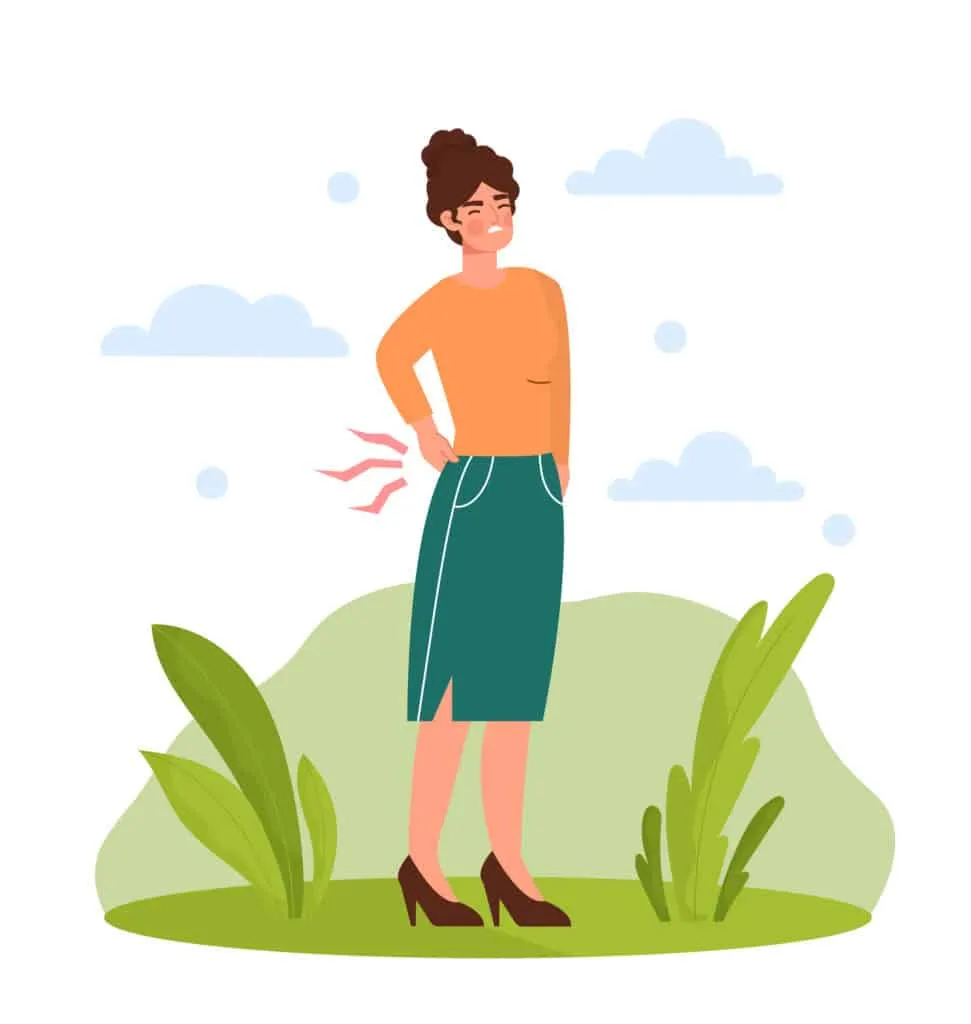In A New Approach for Chronic Pain|Part 1, we talked about the stress response and chronic pain’s effect on your nervous system. But let’s dig a little deeper and explore how our unique approach to physical therapy can help.
Sadly, chronic pain is something that affects many Americans. Studies suggest that approximately 110 million+ people in the US suffer from some sort of chronic pain condition. In terms of medical costs, lost wages, and downtime from work, it amounts to a whopping $600 billion annually. Often, the pain comes on without actual damage or injury, too – making it super-frustrating. In addition, it exceeds typical healing times, so we refer to it as “chronic” pain.
But what causes it?
Well, the causes of chronic pain are vast and wide-ranging, but some medical conditions can make you more susceptible. They include:
- Fibromyalgia
- Injury or trauma
- Amputation of a limb
- Reflex sympathetic dystrophy
- Trauma/injury.
- Diabetes Mellitus.
Other diseases like arthritis and cancer also lead to chronic pain. At times despite the tissue healing, chronic pain remains in its place. Unfortunately, in some instances of chronic pain, the decrease in mobility and activity that accompanies the pain can also cause depression, eventual disability, loss of employment, and financial losses. Doctors give many of these patients super-strong painkillers, leading to drug dependency, addiction, and opioid abuse over time.
More Blogs From Universus
A New Approach for Chronic Pain|Part 1
Is Bad Posture Causing My Back Pain?
Why Coffee isn’t Water
Understanding Chronic Pain
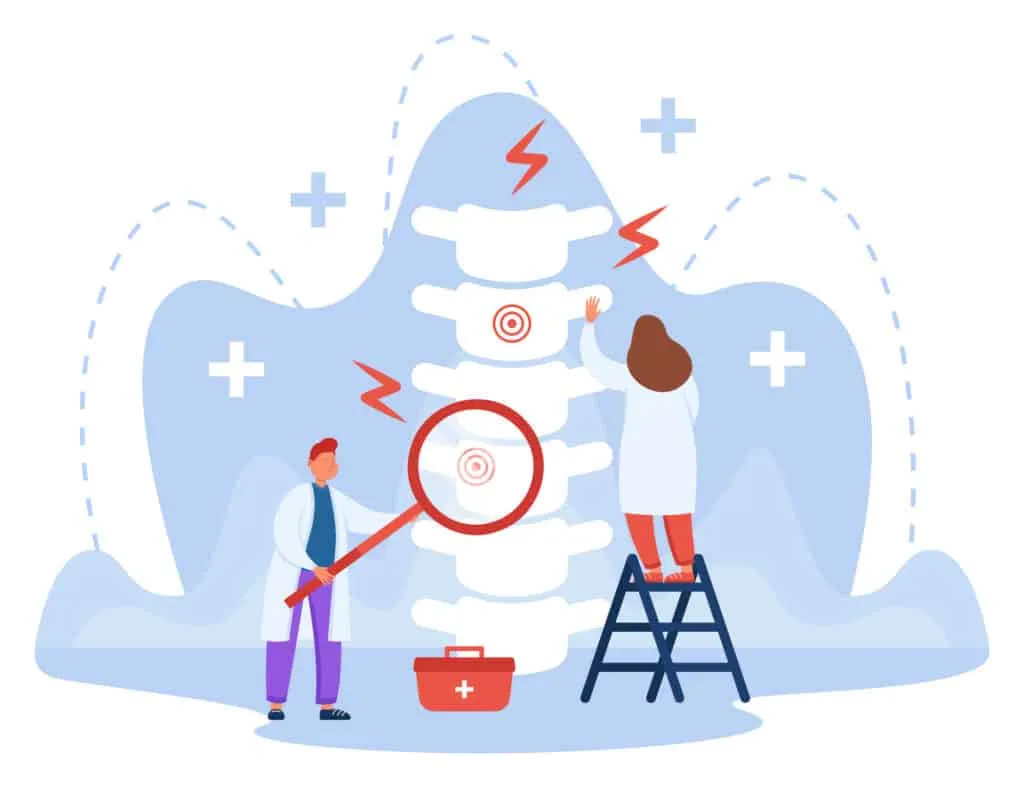
Pain is an unpleasant sensation. We feel it when we sustain an injury, but we may also feel it without any tissue injury.
There are two types of pain: acute and chronic.
Acute pain: This type of pain is always for a limited duration and, at the most, may persist for up to 3 months. It is symptomatic of tissue damage or serves as a preventative measure. For example, if we touch something hot, our brain immediately transmits a signal to remove the part of the body touching the hot surface to prevent serious injury. Likewise, if we wear tight or ill-fitting footwear, soreness in a foot /or feet is a signal to change the footwear. In some cases, acute pain may be due to an underlying disease. The pain is a warning to seek medical advice.
Any time acute pain signals arise from the brain, they signify the natural body’s defense mechanism.
Chronic pain: We define chronic pain as pain that lingers for more than three months and beyond the expected recovery time. If you suffer from chronic pain, it’s tough – because finding and treating the root cause can be difficult. Unlike acute pain, chronic pain is not a symptom of the body’s natural defense mechanism or an underlying injury. It can sometimes appear with no apparent cause at all.
But your brain is still transmitting pain signals without any injury or tissue damage. As we talked about in Part 1, Specifically in the case of painful medical conditions or injuries, nerves from the afflicted area transmit signals to your brain. Your brain analyzes the information and determines if there is a credible threat and whether it needs to act. But in chronic or constant pain, both the nervous system and brain are on permanent high alert.
It results in pain centers within the brain getting activated from different brain sections ranging from emotions to movement etc.
Consequently, your sensory nerves become highly sensitive, which causes your brain to interpret even minor sensations as a direct and immediate threat—leading to more intense pain. And when the nervous system and your brain overreact, it results in persistent pain. Together, all these effects increase your sensory perceptions, thoughts, and emotions – turning the process into an exhausting vicious circle.
Even the slightest sensation seems intense because your pain centers are constantly activated. It’s more psychosomatic than acute pain because your brain works overtime by raising alert levels for even the minutest sensations. Just thinking about pain can trigger pain.
Chronic pain is a result of changes in the nervous system and brain.
It can strike anyone of any age – and impact any part of the body or multiple different parts of the body simultaneously.
What Are The Symptoms of Chronic Pain?
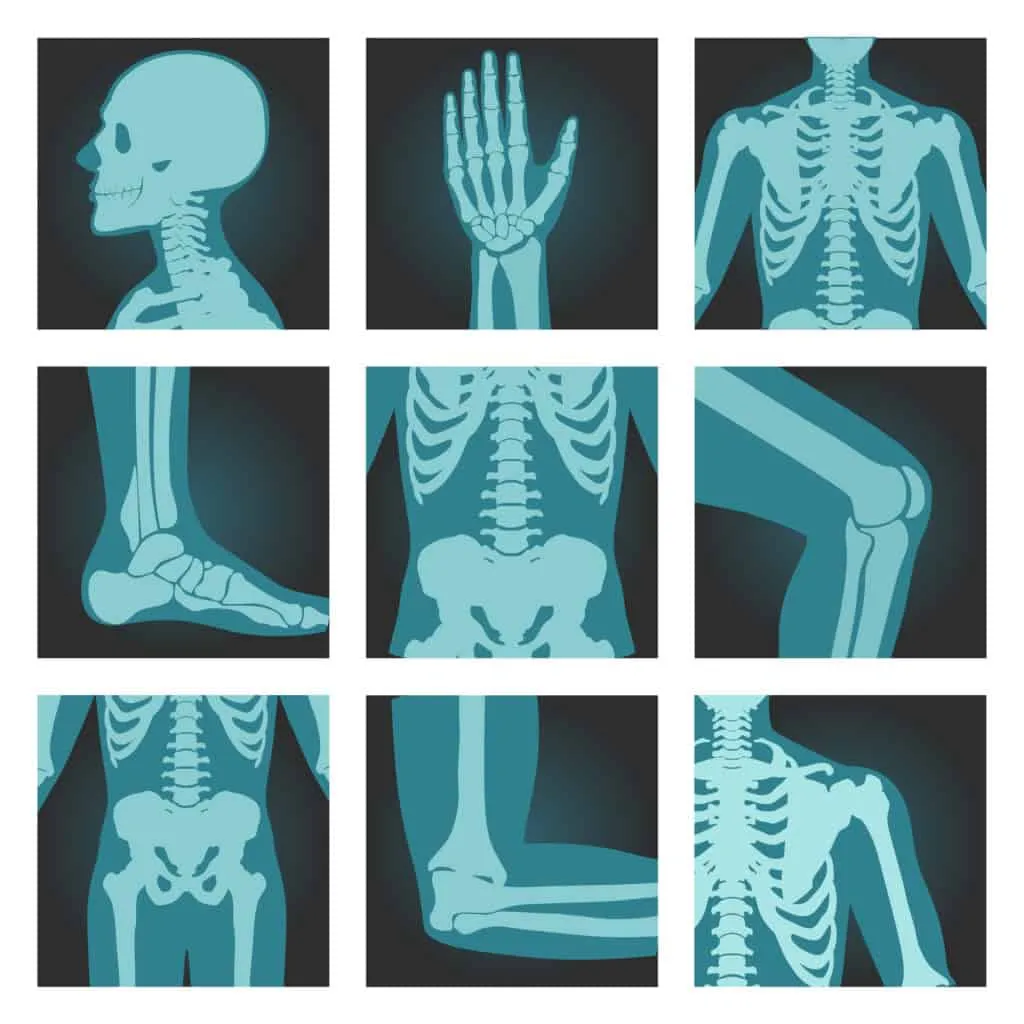
The way chronic pain feels differs from person to person. In some cases, it’s a deeply personal thing and a source of great emotional distress and physical pain. So, it’s hard to describe and predict the severity and duration of chronic pain symptoms. But the most common chronic pain complaints we hear from our patients are:
- “It feels as if the pain is everywhere.”
- “Symptoms appear without any obvious reason.”
- “Pain seems worse when I’m emotionally upset.”
- “I feel the pain migrating from one part of the body to another.”
- “There is a sudden and intense stabbing pain sensation.”
- “Just the thought of pain brings it on.”
- “It leaves me feeling depressed and filled with anxiety.”
- “It affects my daily routine and causes an overwhelming feeling of fatigue.”
These are just a selection of the most common remarks we hear from patients who suffer from chronic pain. First, however, we should point out that in the case of chronic pain, worsening pain or more intense pain. These things don’t necessarily translate into a deterioration (as it does with acute pain) but rather indicate your body’s increasing sensitivity.
Additional Signs, Symptoms, and Side Effects Of Chronic Pain
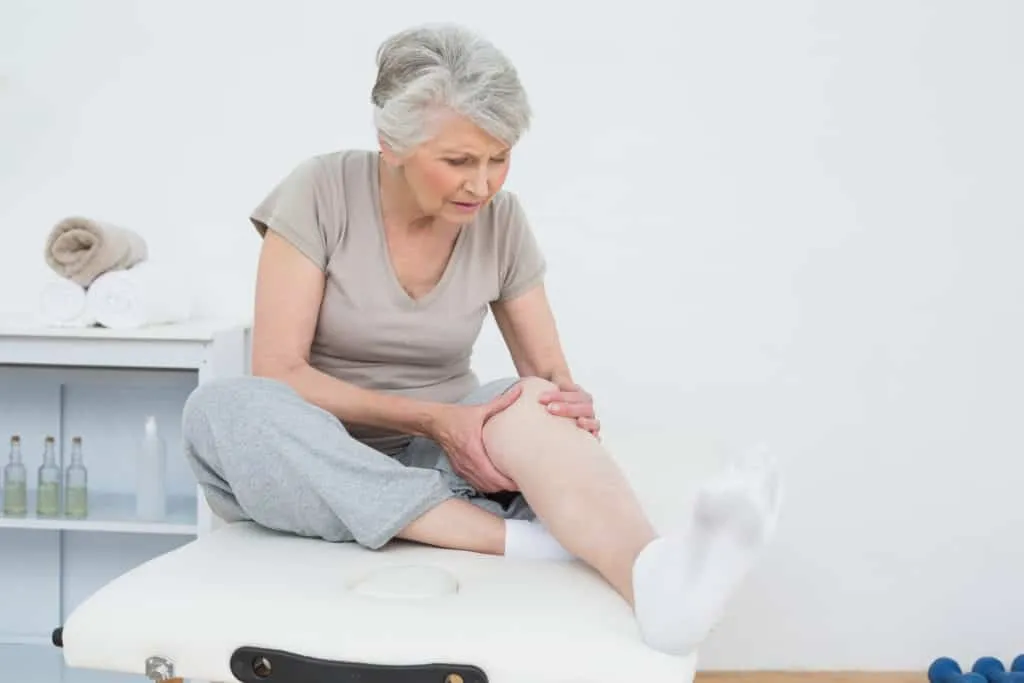
The following signs, symptoms, and side effects often go hand in hand with chronic pain:
- Increases risk of falls: The lack of movement and physical inactivity that accompanies chronic pain leads to deconditioning over time. This means that if you remain inactive for long periods, you may find that your muscles shrink and become weak, increasing your risk of falling.
- Weight gain: The lack of activity and movement is also one of the leading causes of weight gain. Additional medical conditions like hypertension and diabetes can worsen with a rise in weight, leading to more anxiety and depression – again, working in a vicious circle.
- Increased sense of fear: When you suffer from chronic pain, you are likely to become fearful of the pain increasing and getting worse. This fear makes you avoid certain activities and increasingly need to rely on help or support. As a result, many patients sadly start staying home and saying no to social occasions.
- Poor circulation: Not being physically active also harms the body’s circulatory system. Poor blood circulation leads to your organs and tissues not getting enough vital oxygen and nutrients that affect their functioning. It leads to a lack of energy and a constant feeling of fatigue.
- Stiffness in limbs: If chronic pain forces you to remain inactive for an extended duration. When you try to get active, you will likely feel stiffness throughout your entire body. This rigidity and stiffness can make it even more challenging.
- Medication abuse: Some patients who suffer from severe chronic pain carry a greater risk of abusing painkillers and opioid addiction.
How We Find And Treat The Root Cause of Chronic Pain

To identify the underlying cause of chronic pain, we start with a detailed examination and evaluation to get a clear picture of your situation. Next, we examine your medical history, medication, and existing health conditions: your symptoms, duration, the origin of pain, and intensity.
Next, we ask questions about your pain and its impact on your daily routine. Then guide you through a series of movements and tests to determine your muscle strength, mobility of your joints, flexibility, movement, and posture.
Finally, we observe how your body moves and create a customized activity schedule for you to help improve your quality of life. In addition, specific patient-specific tests help us confirm if there are any health issues like an underlying medical condition or a pinched nerve.
Physical therapy to treat your underlying root cause might include:
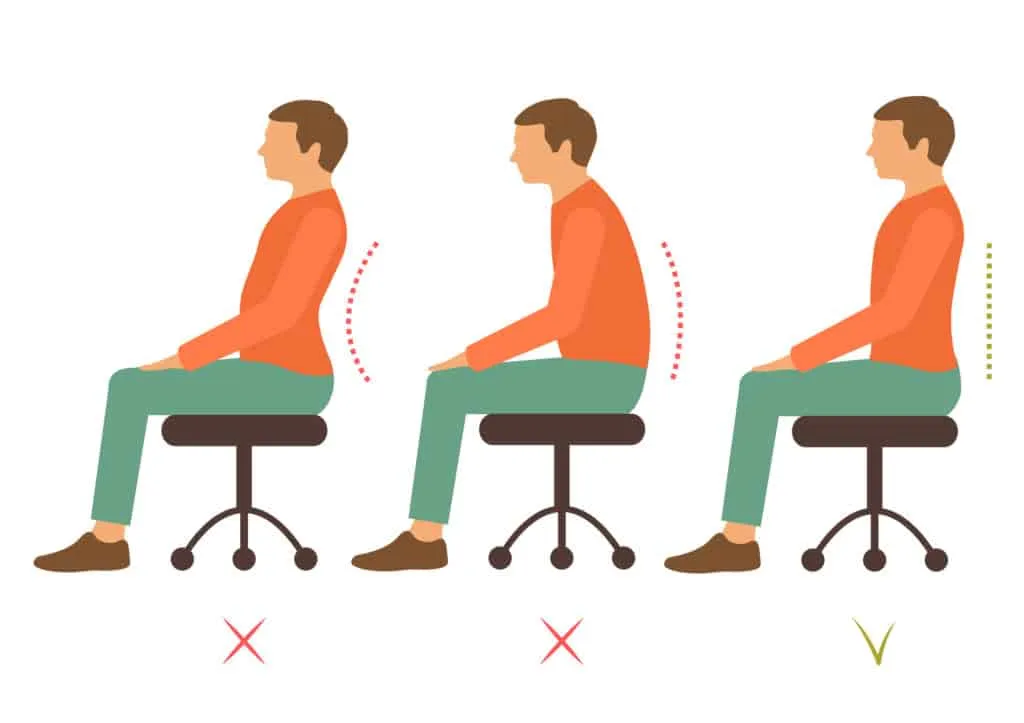
Educating you about the causes and reasons for chronic pain and the mind-body connection. Why does it occur, and what preventive measures can you take to avoid or lessen your pain? In addition, we educate you on pain management techniques. We use techniques that don’t include pain medication and help you get back to a positive and active, pain-free daily routine as quickly as possible.
We may also use manual therapy and hands-on joint, muscle, and connective tissue manipulation to soothe inflammation and relieve stress and tension in your body. Manual therapy can also reduce your pain levels. In addition, it improves poor circulation and removes toxins in the painful areas – promoting quicker healing and a better range of motion and mobility.
Flexibility and strength are two of the main areas that chronic pain affects. To improve both factors, we create a tailor-made program for specific stretching and strengthening movements that help you gradually restore your pre-pain capabilities. The activities we include in your plan improve your coordination and movement, which also helps to relieve strain and stress and decreases pain.
We also try and focus on your natural movement and posture. For example, teaching you how to use your body mechanics more efficiently when active and at rest. Maintaining a good posture is integral to pain alleviation and recovery.
We also recommend electric stimulation using devices and equipment combined with hot and cold treatments if we deem them necessary for your specific case.


